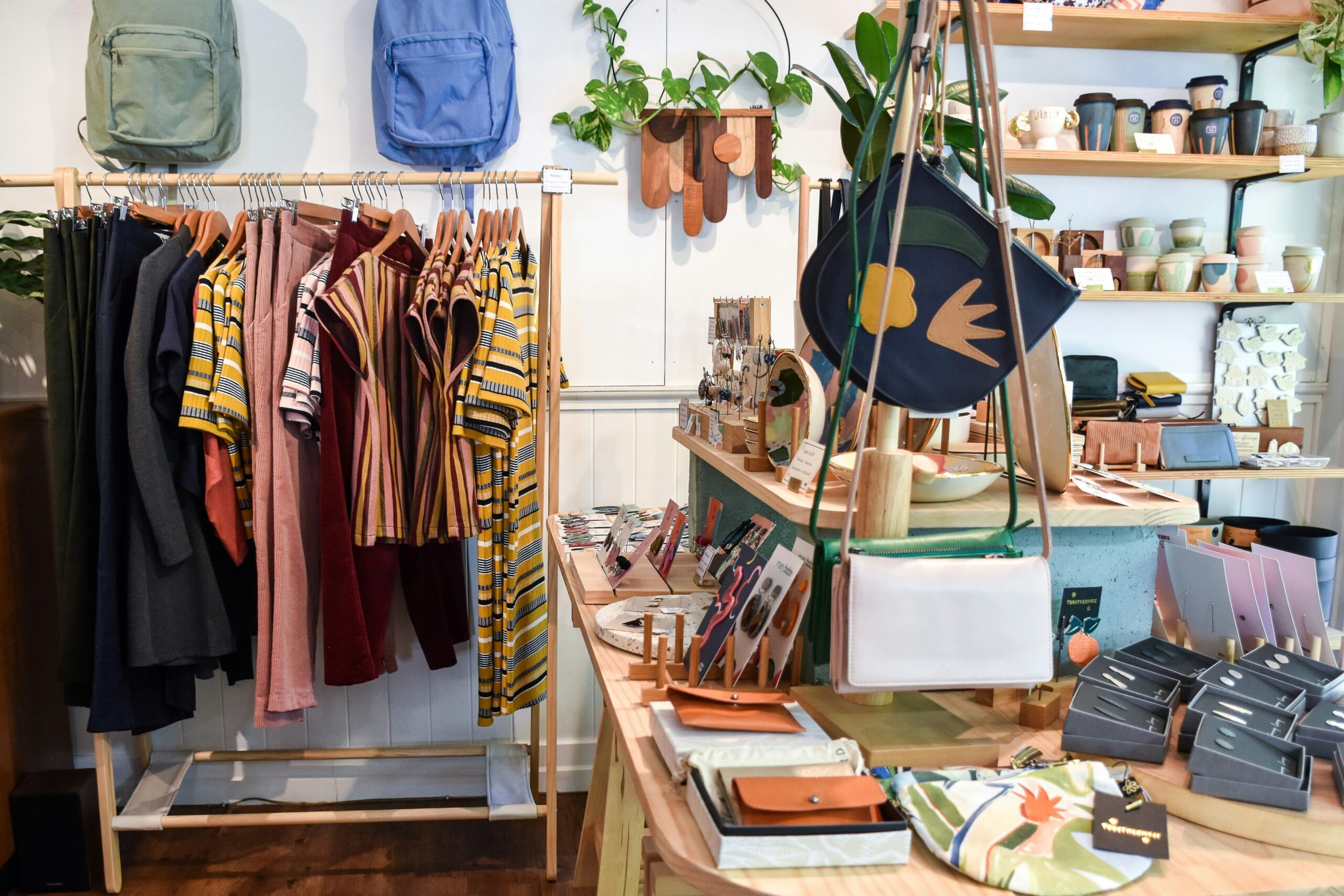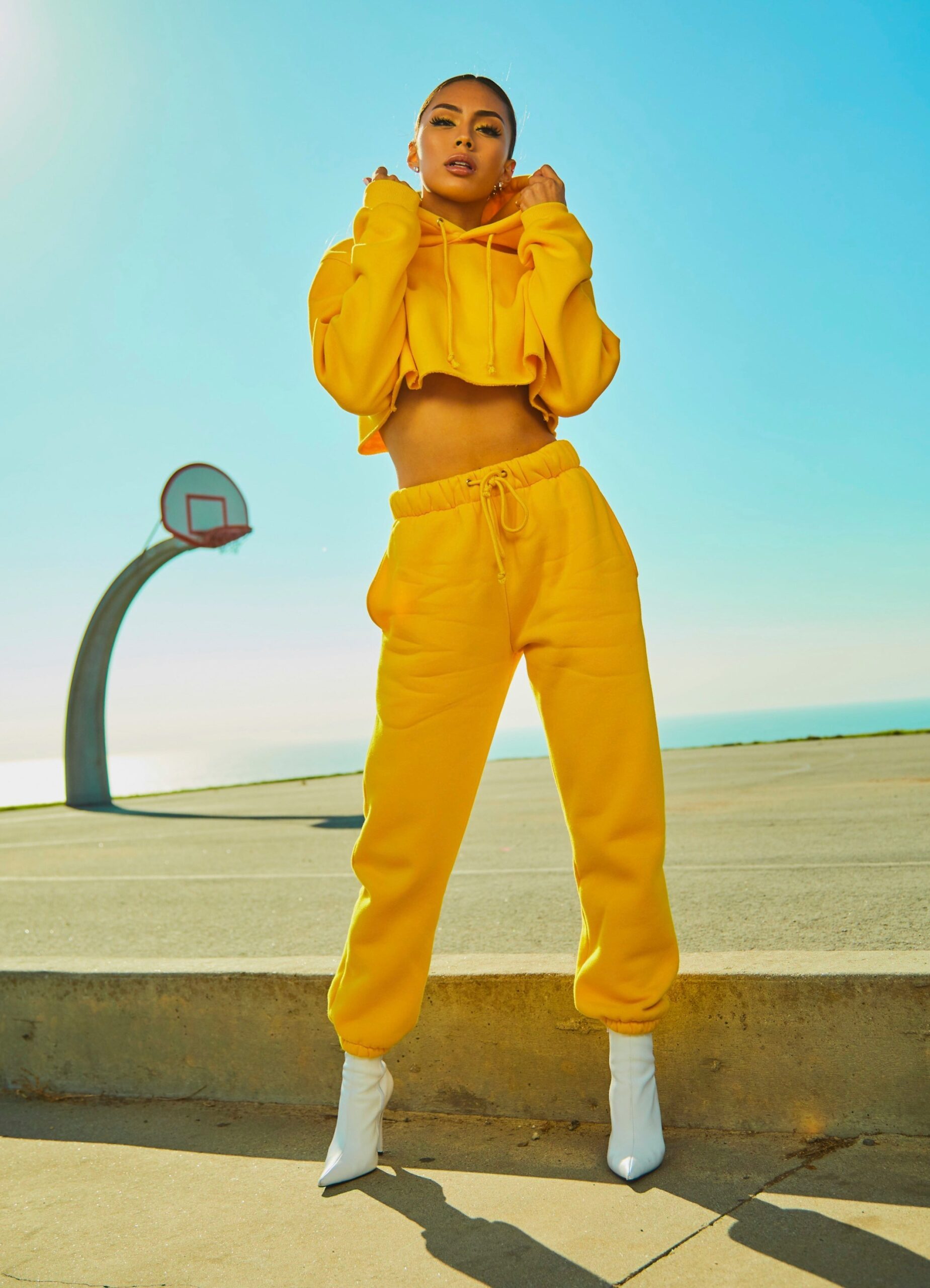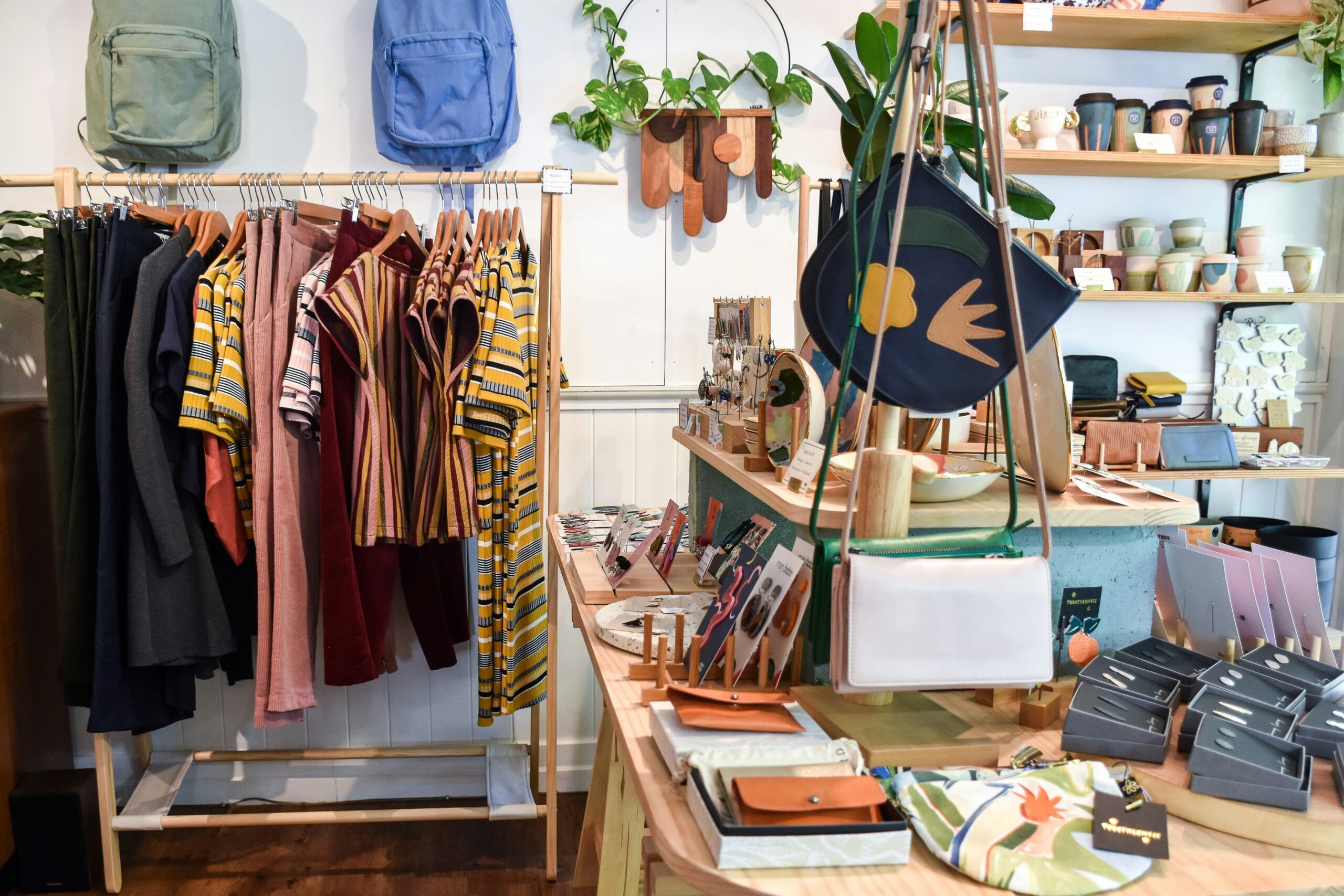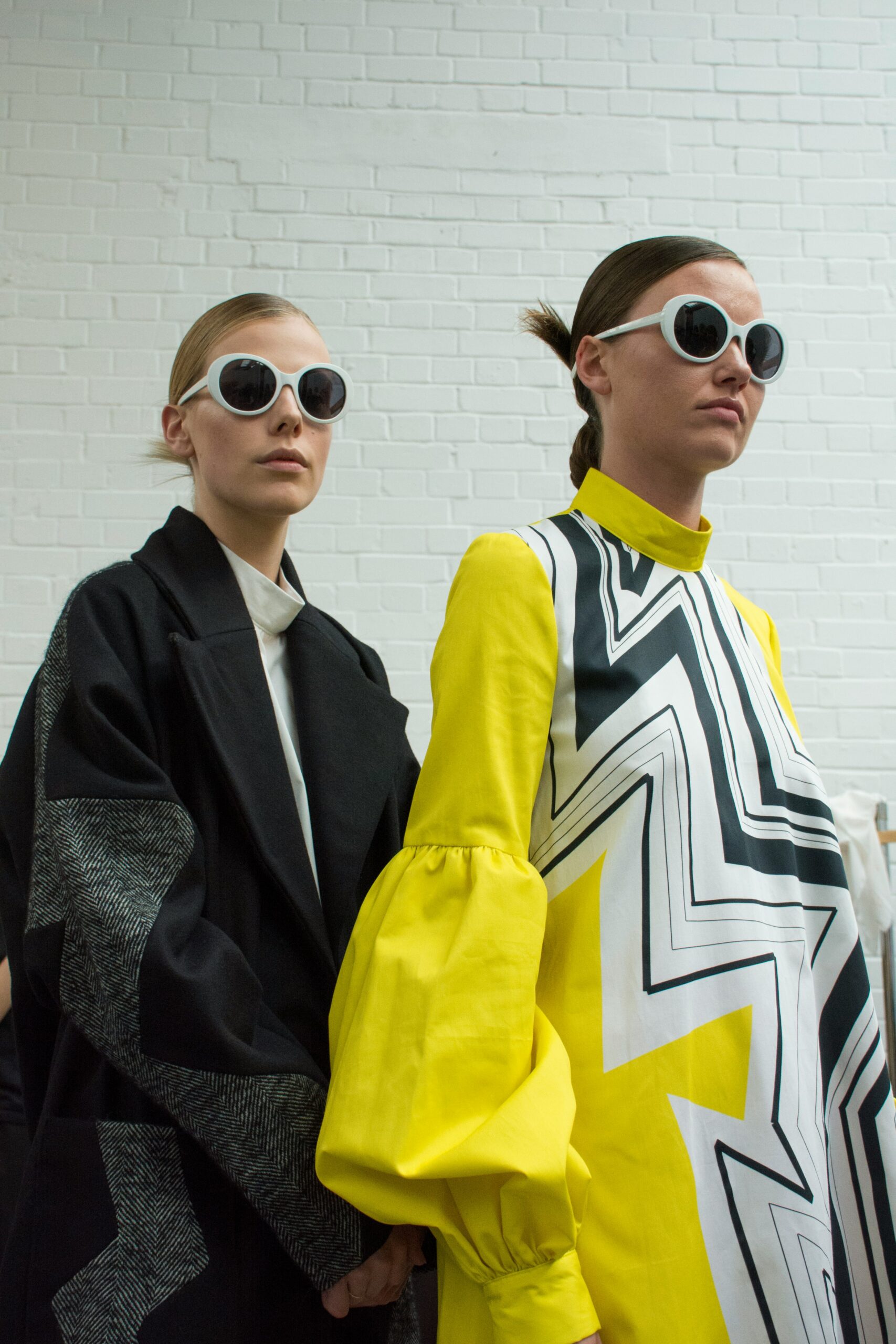Introduction
In recent years, the fashion industry has witnessed a growing interest in sustainability and eco-friendly practices. As consumers become more conscious of the environmental impact of their choices, brands are adapting to meet these demands. One way they are doing so is by leveraging sustainable fashion platforms that provide a seamless user experience (UI/UX) while promoting eco-friendly brands. In this blog post, we will explore the strategies that these platforms employ to create a positive user experience for both the brands and the consumers.
1. Intuitive Navigation
One of the key elements of a successful sustainable fashion platform is intuitive navigation. Users should be able to easily find what they are looking for without feeling overwhelmed by too many options. A clean and organized interface, with clear categories and filters, allows users to refine their search and discover eco-friendly brands that align with their values.
2. Visual Appeal
Visual appeal plays a crucial role in attracting and engaging users on sustainable fashion platforms. Brands that prioritize sustainability often have unique and eye-catching designs, and the platform should reflect this aesthetic. High-quality product images, visually appealing layouts, and thoughtful use of color can enhance the overall user experience and create a positive impression of the brand.
3. Transparent Information
Transparency is a key value for eco-friendly brands, and sustainable fashion platforms should reflect this value in their UI/UX design. Users should be able to access detailed information about the brand’s sustainability practices, such as materials used, manufacturing processes, and certifications. Clear and concise product descriptions and informative labels help users make informed choices and build trust with the brand.
4. Personalization
Personalization is a powerful tool in creating a tailored user experience. Sustainable fashion platforms can leverage user data to provide personalized recommendations based on the user’s preferences and values. By understanding the user’s style preferences, size, and sustainability priorities, the platform can curate a selection of products that align with their individual needs.
5. Social Engagement
Sustainable fashion platforms can foster a sense of community and social engagement among users. Features such as user reviews, ratings, and social sharing options allow users to interact with each other and share their experiences. This not only builds trust and credibility but also creates a platform for users to learn from and inspire each other in their sustainable fashion journey.
6. Seamless Checkout Process
A smooth and hassle-free checkout process is essential for any e-commerce platform, including sustainable fashion platforms. Users should be able to easily add products to their cart, review their order, and make secure payments. Offering multiple payment options and a transparent return policy can further enhance the user experience and encourage users to complete their purchase.
Conclusion
Sustainable fashion platforms have the potential to revolutionize the way we shop for clothing by promoting eco-friendly brands and providing a seamless user experience. By implementing intuitive navigation, visual appeal, transparent information, personalization, social engagement, and a seamless checkout process, these platforms can attract and retain users while supporting sustainable practices. As the demand for sustainable fashion continues to grow, it is crucial for brands to embrace these UI/UX strategies and create a positive impact on both the environment and the user experience.









Leave a Reply